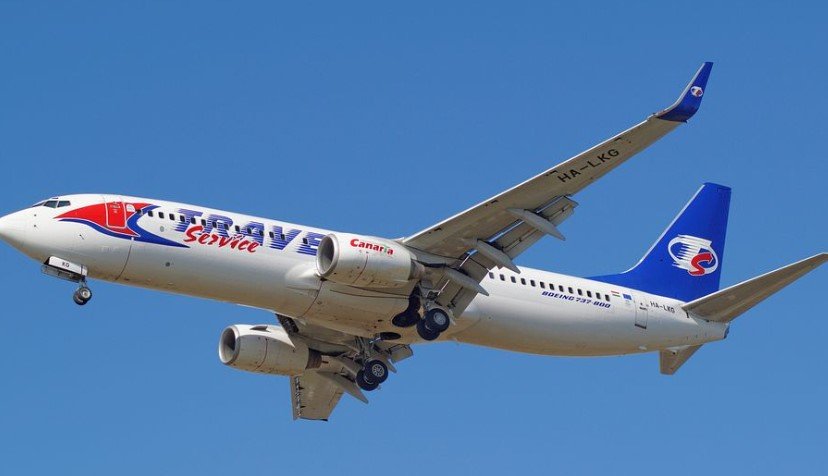Boeing is under intense scrutiny following a midair blowout incident involving a Boeing 737 Max. The National Transportation Safety Board (NTSB) has initiated a marathon safety hearing to investigate the circumstances surrounding the blowout, which occurred on an Alaska Airlines flight earlier this year. The hearing aims to uncover the root causes of the incident and assess Boeing’s safety protocols. The blowout, which resulted in a door plug detaching mid-flight, has raised serious concerns about the aircraft’s design and manufacturing processes.
The Incident and Immediate Aftermath
The blowout incident occurred on January 5, 2024, during an Alaska Airlines flight. A door plug on the Boeing 737 Max detached mid-flight, causing a sudden loss of cabin pressure. Passengers and crew experienced a chaotic situation as the aircraft made an emergency descent. Fortunately, there were no serious injuries, but the incident highlighted potential flaws in the aircraft’s design and manufacturing.
In the immediate aftermath, Boeing and its supplier, Spirit AeroSystems, faced intense scrutiny. Preliminary investigations revealed that bolts meant to secure the door plug were not properly attached. This oversight raised questions about the quality control processes at both Boeing and Spirit AeroSystems. The NTSB quickly launched a comprehensive investigation to determine the root causes and prevent future occurrences.

The incident also prompted a management shakeup at Boeing, with the appointment of a new CEO, Robert Ortberg. The company has since been working on design changes to address the identified issues and improve overall safety.
Testimonies and Findings at the Hearing
The NTSB hearing, which began on August 6, 2024, has brought to light several critical findings. Executives from Boeing and Spirit AeroSystems, along with pilots, flight attendants, and other stakeholders, have provided testimonies. The hearing has revealed that factory workers at both companies were under pressure to meet production deadlines, leading to lapses in quality control.
One of the key revelations was that workers were often asked to perform tasks they were not qualified for, including handling the door plug that later blew off. This practice contributed to the improper installation of the door plug, ultimately leading to the midair blowout. The hearing also highlighted the need for better training and oversight to ensure that all safety protocols are strictly followed.
Additionally, the NTSB released over 3,000 pages of documents, including transcripts of interviews and internal communications. These documents provided further insights into the systemic issues that contributed to the incident. The hearing is expected to continue for another day, with more testimonies and evidence to be presented.
Boeing’s Response and Future Actions
In response to the findings, Boeing has committed to implementing several changes to enhance safety and prevent similar incidents in the future. The company is working on a design modification that will ensure the door plug cannot be closed unless it is securely fastened. This change is expected to be implemented within the next year.
Boeing has also pledged to improve its quality control processes and provide additional training for its workers. The company recognizes the need for a cultural shift to prioritize safety over production deadlines. This commitment is crucial to restoring confidence in Boeing’s aircraft and ensuring the safety of passengers and crew.
The NTSB hearing has underscored the importance of rigorous safety standards and thorough oversight in the aviation industry. As the investigation continues, it is hoped that the lessons learned will lead to meaningful improvements and prevent future incidents. Boeing’s actions in the coming months will be closely watched by regulators, industry stakeholders, and the public.
